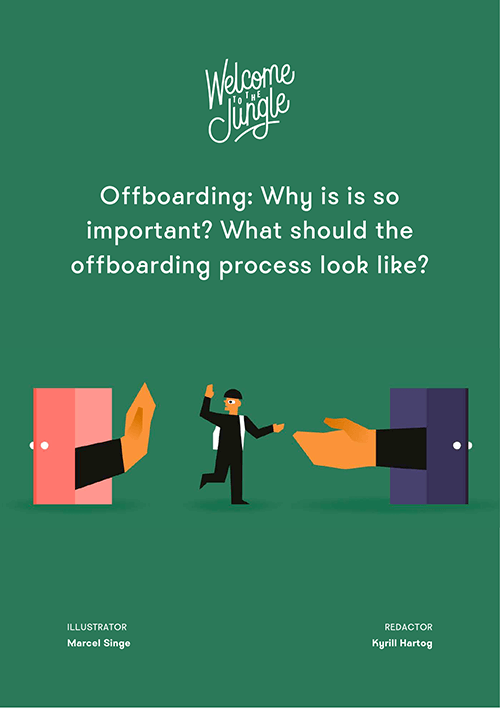It is hardly a secret that companies and teams flourish when HR policy is properly streamlined at every stage of the employee life-cycle. But for many years, companies have devoted more attention to certain stages of this lifecycle, while neglecting others.
Indeed, over time, onboarding claimed its place as the unofficial holy grail of HR departments around the world. Yet, for a number of reasons, offboarding has long gone under the radar.
A quick Google search today will produce around 2,5 million search results for “offboarding”, while “onboarding” leads to ten times that amount.
Still, offboarding has recently started claiming its rightful place as a key component of the talent
management process.
In a competitive labour market that is increasingly “disrupted” by higher employee turnover rates, as well as a more widespread increase in the amount of freelance workers, offboarding is becoming a more frequent ritual that every employee (and employer) has to go through. What’s more, employers are realizing that a smooth offboarding process can have long-lasting benefits for their company.
Offboarding, too often neglected, is a beneficial step for the company and the employee. An analysis on why offboarding is now an indispensable strategy.

